| Structure | Name/CAS No. | Articles |
|---|---|---|
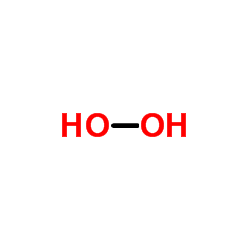 |
Hydrogen peroxide
CAS:7722-84-1 |
|
 |
Methanol
CAS:67-56-1 |
|
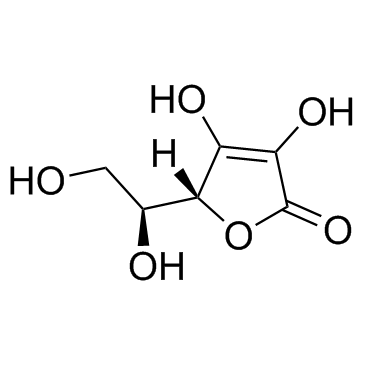 |
Ascorbic acid
CAS:50-81-7 |
|
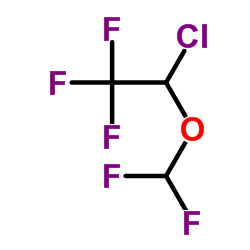 |
Isoflurane
CAS:26675-46-7 |
|
 |
Cocaine
CAS:50-36-2 |
|
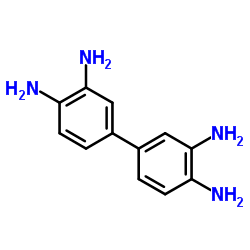 |
3,3'-diaminobenzidine
CAS:91-95-2 |
|
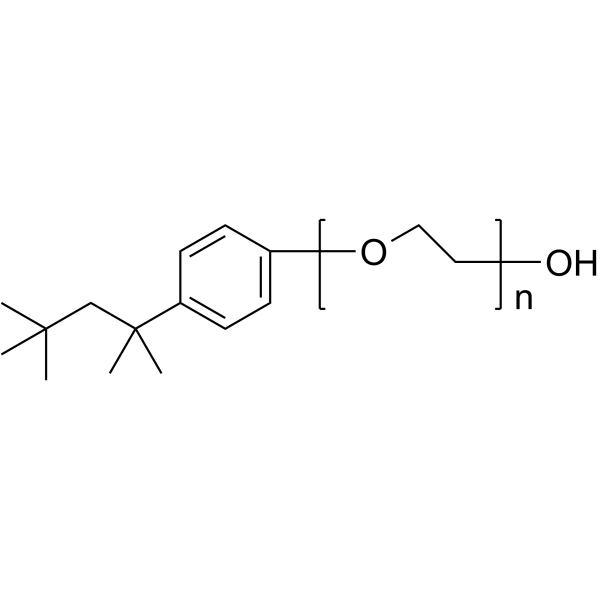 |
Triton X-100
CAS:9002-93-1 |
|
 |
cis-(Z)-Flupentixol dihydrochloride
CAS:51529-01-2 |
|
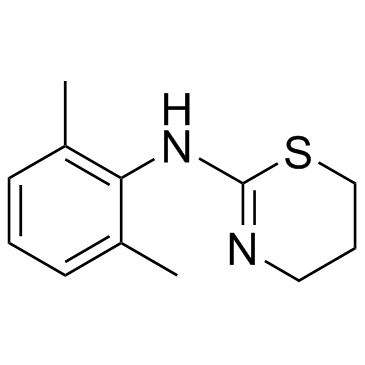 |
Xylazine
CAS:7361-61-7 |
|
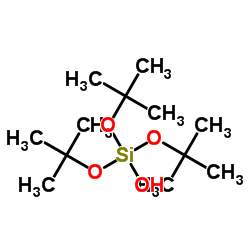 |
Tris(2-methyl-2-propanyl) hydrogen orthosilicate
CAS:18166-43-3 |